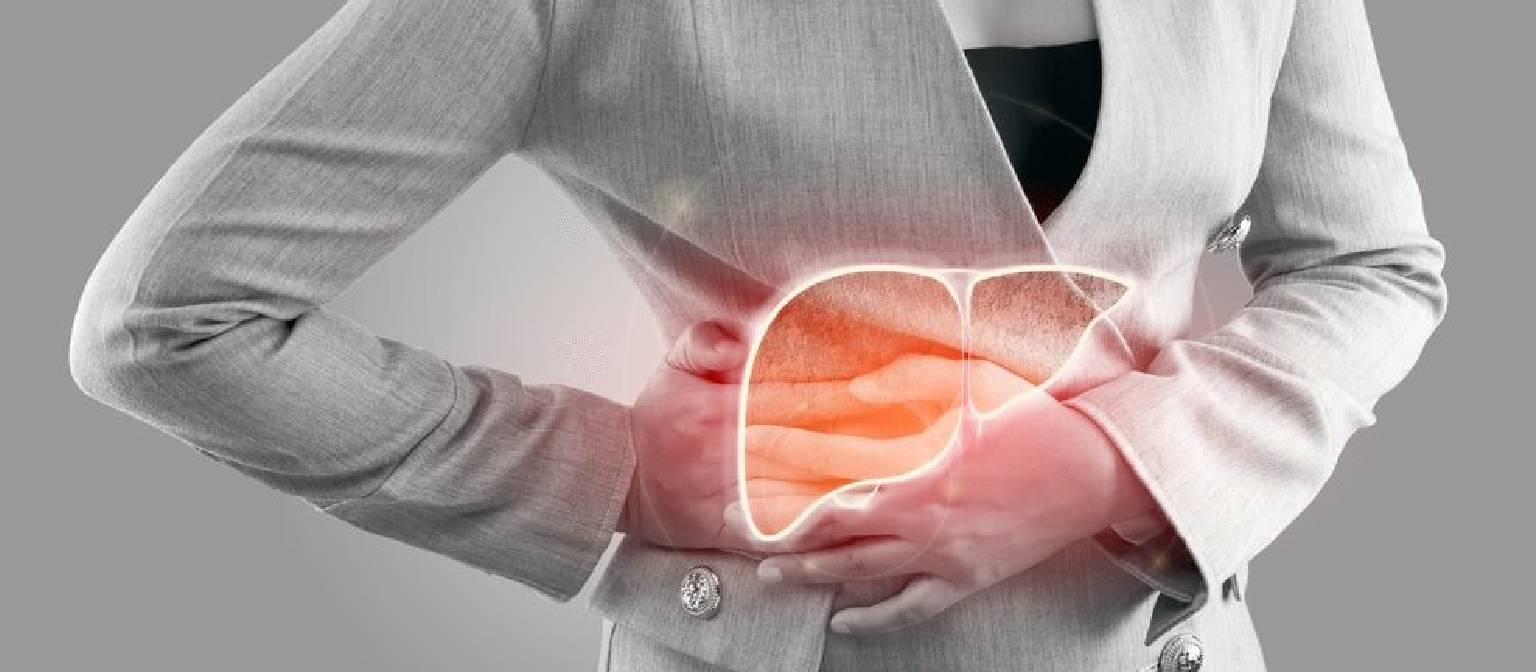Our Services
Menu

Liver Cirrhosis
Symptoms:
- Fatigue and weakness: Due to liver dysfunction and decreased detoxification.
- Abdominal pain: Often from ascites (fluid buildup in the abdomen).
- Jaundice: Yellowing of the skin and eyes due to liver dysfunction.
- Swelling of legs and ankles: Caused by fluid retention due to portal hypertension.
- Bruising and bleeding: Due to a decreased ability to produce clotting factors.
- Hepatic encephalopathy: Cognitive issues like confusion, caused by toxins accumulating in the brain.
Purpose:
- Diagnosis of liver disease: To assess the degree of liver scarring and its effect on liver function.
- Prevention of complications: Cirrhosis leads to portal hypertension, varices, and liver failure, so early diagnosis and treatment can prevent serious outcomes.
Indications:
- Chronic alcohol abuse: A leading cause of cirrhosis.
- Chronic hepatitis: Especially Hepatitis B or C, which can cause liver scarring over time.
- Non-alcoholic fatty liver disease (NAFLD): A common cause of cirrhosis, often associated with obesity and diabetes.
Procedure:
- Blood tests: Liver function tests (e.g., liver enzymes, albumin, bilirubin).
- Imaging: Ultrasound, CT, or MRI to assess liver size, texture, and blood flow.
- Liver biopsy: To determine the extent of liver scarring (fibrosis).
- Endoscopy: To check for varices (enlarged veins) or bleeding in the esophagus.
Treatment:
- Management of underlying causes: Antiviral drugs for hepatitis, abstinence from alcohol, weight loss for NAFLD.
- Medications: To control symptoms such as fluid retention (diuretics), itching (bile acid sequestrants), or bleeding (beta-blockers for varices).
- Liver transplant: For end-stage liver failure.
Liver Jaundice
Symptoms:
- Yellowing of the skin and eyes: Due to high levels of bilirubin in the blood.
- Dark urine: The kidneys filter excess bilirubin, causing the urine to darken.
- Pale stools: Due to lack of bile in the intestines.
- Itchy skin: A common symptom of cholestasis (reduced bile flow).
- Fatigue: Often associated with liver disease or poor bile flow.
- Abdominal pain: Particularly in the upper right abdomen, suggesting liver or biliary system involvement.
Purpose:
- Diagnosis of liver or biliary diseases: Jaundice is a sign of liver or bile duct problems, such as hepatitis, cirrhosis, or biliary obstruction.
- Management: To treat the underlying cause of jaundice and prevent complications like liver failure or infections.
Indications:
- Hepatitis: Inflammation of the liver due to viruses (e.g., Hepatitis B or C), alcohol, or autoimmune conditions.
- Biliary obstruction: Due to gallstones, tumors, or strictures.
- Liver cirrhosis: Advanced liver scarring that can cause jaundice.
- Hemolysis: Rapid breakdown of red blood cells, leading to excess bilirubin.
Procedure:
- Blood tests: To check liver function (bilirubin, liver enzymes).
- Imaging: Ultrasound or CT scan to evaluate the liver and biliary system.
- Liver biopsy: To assess the degree of liver damage or inflammation.
- ERCP: If biliary obstruction is suspected, to visualize and treat issues in the bile ducts.
Treatment:
- Treat underlying cause: Antiviral medications for hepatitis, or surgery for bile duct obstructions.
- Bile acid sequestrants: To help manage itching.
- Liver transplant: In severe cases of liver failure.
